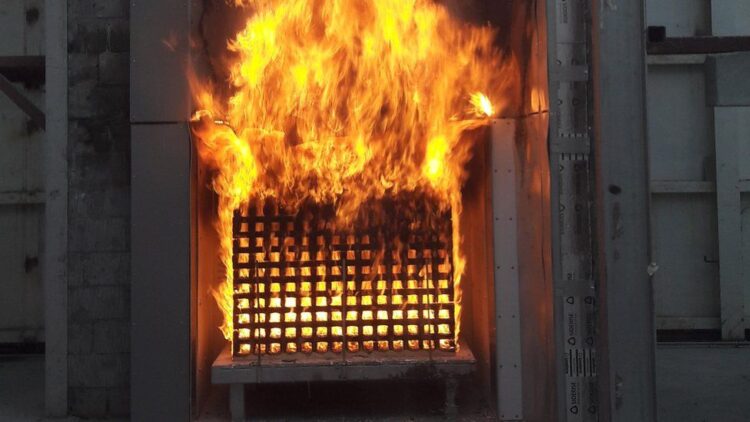By Ben Kerrigan-
Leaked test results suggest the government and construction industry had early evidence of the dangers posed by cladding, 13 years before the Grenfell Tower fire.
Panels used on buildings in the UK failed fire tests carried out in 2004, it has been revealed.
The revelations will lead to questions as to whether The British government were negligent in failing to address the problem early enough to protect the affected residents of Grenfell. An inquiry could be necessary to identify the reason no action was taken to rectify the claddings, in the past 13 years and who was responsible for the failure.
72 people were killed during the Greenfell fire, as the horror was shown on international bulletins all over the world. .Pooor cladding was blamed for the fire.
,The fire was started by a malfunctioning fridge-freezer on the fourth floor and spread rapidly up the building’s exterior, bringing fire and smoke to all the residential floors.
The fire burned for about 60 hours before finally being extinguished involving over 70 fire engines were involved from stations across London in efforts to control the fire, and
The unit went up in flames just before 1am and the first firefighters entered the building at 1.07am.
Stephen Hockman QC, speaking on behalf of cladding giant Arconic, he told an inquiry into the 2017 disaster the company’s product was used in a “wholly unorthodox and irregular cladding system” on the west London tower, for which it “bore no responsibility”..
In 2019, chairman Sir Martin Moore-Bick concluded the “principal reason” the flames shot up the building at such speed was the combustible cladding which acted as a “source .
The 2004 results were among the first from a British test of full-scale building systems, developed in the late 1990s when there were growing concerns in Parliament about the risks of cladding.
The tests were commissioned by the then Labour government to determine the right standards building systems should have.
The aluminium and plastic cladding at Grenfell has been blamed for spreading the fire.
Two were constructed from high pressure laminate (HPL) boards, formed from wood, or paper fibre, widely used on modern apartment blocks in the UK.
All five cladding systems were judged to have failed against “proposed performance criteria”.


